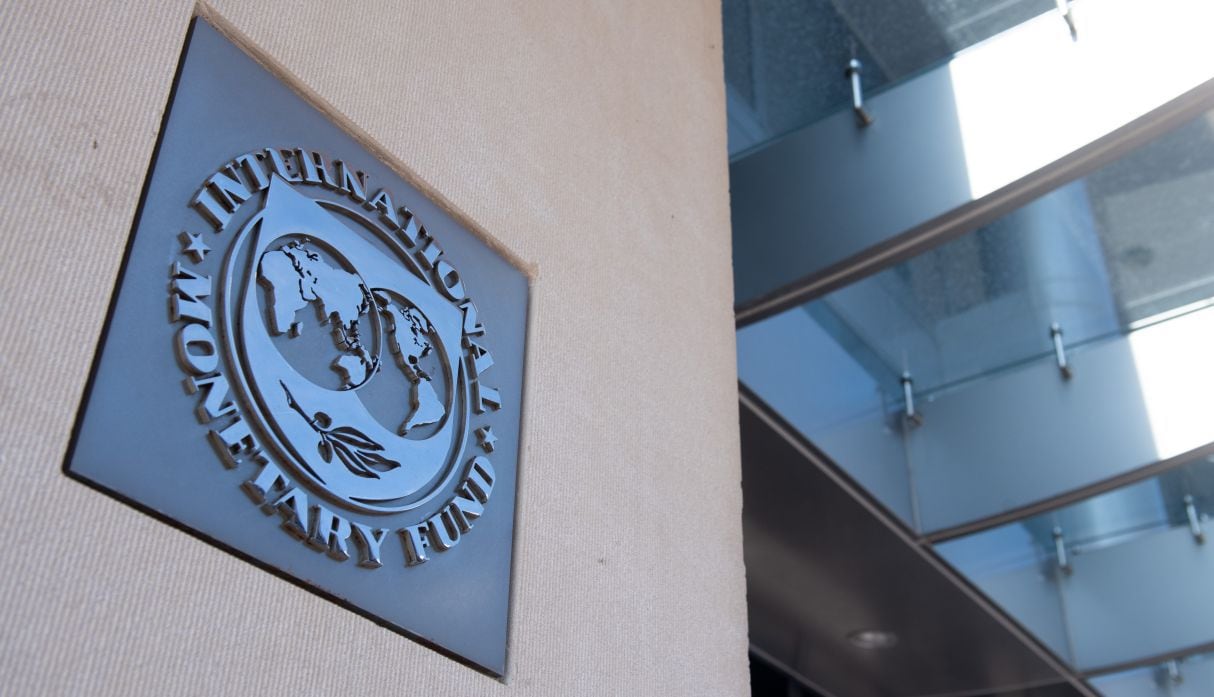
Argentina reached an agreement on Thursday with the International Monetary Fund (IMF) to refinance US$45 billion that it owes to the Washington-based entity since 2018, in a new program that must still receive the approval of the Argentine Congress and the board of directors. of the multilateral organization.
The new program would ease Argentina’s hefty schedule of maturities with the IMF, which were concentrated in 2022 and 2023.
The third largest economy in Latin America, Argentina joined the IMF in 1956, during the dictatorship of General Pedro Aramburu (1955-1958). Since then the country has signed more than 20 plans with the multilateral organization.
In 2006, under the presidency of the center-left Peronist Néstor Kirchner, the country canceled US$9.6 billion that it still owed to the IMF, and after that it did not allow more technical visits from the organization, until in 2018 Argentina resorted again to the organism.
The new program of extended facilities, which Congress will deal with starting Monday, will be the 13th plan of Argentina and the IMF since the return of democracy in 1983.
This is a timeline of the most important moments of the negotiation.
Exchange run and assistance
During the pro tempore presidency of the G20 of Argentina in 2018, with a policy praised by the markets and the main economic powers, especially the United States, the Argentine crisis came as a surprise.
At the end of April of that year, an exchange rate run began that led then Liberal President Mauricio Macri to ask the IMF for US$50 billion in aid, the largest granted in the history of that multilateral organization. In exchange, the government promised to achieve fiscal balance.
In the first half of 2018 alone, Argentina had lost US$13 billion of its international reserves and the currency had depreciated 34%.
The IMF made a first disbursement of US$15 billion. However, the markets did not show confidence in the Argentine plans and fled towards the dollar. In September 2018, the Fund approved an increase in credit, scheduled for a term of three years, and raised it to US$57.1 billion.
Elections and program suspension
In the midst of an acute economic crisis, Alberto Fernández won the elections in the first round against Macri, who ran for re-election in the presidential elections of October 2019.
Upon taking office, in December of that year, he renounced the pending tranches of the credit, so that the Argentine account stopped at just over US$44,000 million and did not reach the US$57,100 million that had been approved.
Already in September 2019, the IMF had suspended a disbursement of some US$5.4 billion, because the government had not met inflation targets, among others. That year, the consumer price index closed with an increase of 53.8%.
Following the restructuring of some $66 billion of debt with private creditors, Argentina formally began new talks with the IMF in August 2020.
Diplomacy and self-criticism
Since taking office, Fernández has deployed an intense diplomatic agenda to obtain support, especially in Europe, for his proposals to renegotiate the debt with the IMF.
Pope Francis, former Archbishop of Buenos Aires, was an important ally and it was precisely in the Vatican where Fernández and Kristalina Georgieva, managing director of the IMF, met face to face for the first time, in a seminar in May 2021.
In December of that year, the IMF recognized that the credit program granted to Argentina in 2018 “did not meet the objectives of restoring confidence in fiscal and external viability and, at the same time, promoting economic growth”, after an evaluation of the loan, required given the amount of the debt.
For this credit, Argentina paid some US$5,000 million in 2021. According to the calendar prior to the agreement announced this Friday, there were still more than US$19,000 million to be paid in 2022, more than US$20,000 million in 2023 and some US$ 4,000 million more in 2024.
Extended facilities
If it receives final approval from the Argentine parliament and the IMF board, the new program provides for ten quarterly reviews over two and a half years. The repayment period is ten years, with a grace period of four and a half years, so the debt must be paid between 2026 and 2034.
With this agreement, Argentina commits to reduce its fiscal deficit from 3% of the current Gross Domestic Product (GDP) to 0.9% in 2024. The IMF hopes that it will serve to “deal with the persistent high inflation in a lasting way” in this country. , of around 50% per year, one of the largest in the world.
Source: Gestion
Ricardo is a renowned author and journalist, known for his exceptional writing on top-news stories. He currently works as a writer at the 247 News Agency, where he is known for his ability to deliver breaking news and insightful analysis on the most pressing issues of the day.












